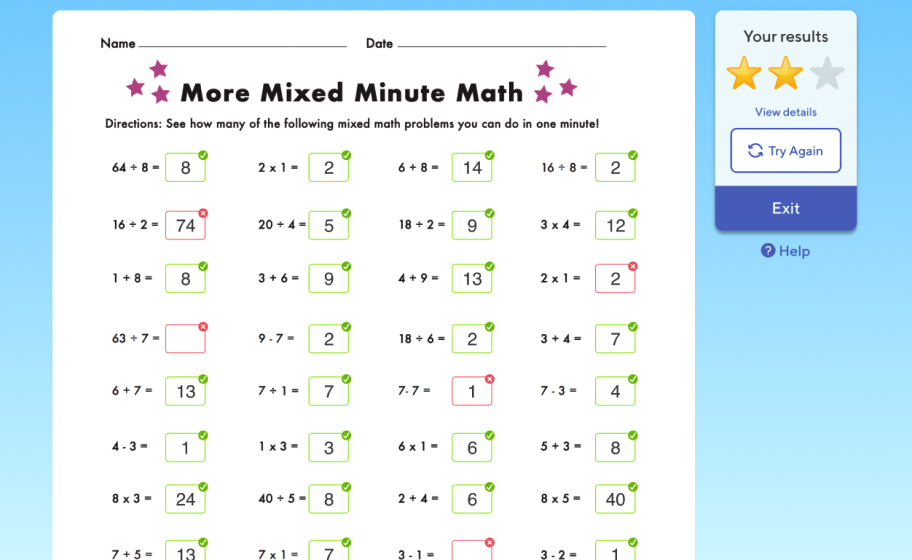In the realm of early childhood education, printable math worksheets for 1st grade serve as invaluable tools for fostering numeracy skills and cognitive development. These worksheets, designed specifically for young learners, offer a fun and engaging way to reinforce mathematical concepts, enhance problem-solving abilities, and lay a solid foundation for future academic success.
The benefits of incorporating printable math worksheets into 1st grade classrooms are numerous. They provide a structured and systematic approach to learning, allowing students to practice and master essential math skills at their own pace. Worksheets cater to diverse learning styles, offering visual, auditory, and kinesthetic activities to engage all students.
Printable Math Worksheets For 1st Grade
Maths can be a right royal pain in the neck, but it doesn’t have to be a complete and utter nightmare. These printable maths worksheets are a cracking way to help your little one get to grips with the basics, without driving you both batty.
They cover everything from counting and number recognition to simple addition and subtraction, so there’s something for everyone. And because they’re printable, you can use them over and over again, which is a right result.
Common Queries
What are the different types of printable math worksheets available for 1st grade?
Printable math worksheets for 1st grade encompass a wide range of categories, including number recognition, counting, addition, subtraction, measurement, geometry, and problem-solving.
How can I differentiate printable math worksheets to meet the needs of all learners?
Differentiation can be achieved by varying the difficulty level, providing alternative representations of concepts, offering choice in activities, and incorporating real-world examples.
What are some tips for monitoring progress and providing feedback on printable math worksheets?
Regularly review completed worksheets to assess understanding, provide specific and timely feedback, encourage self-assessment, and celebrate student growth.
